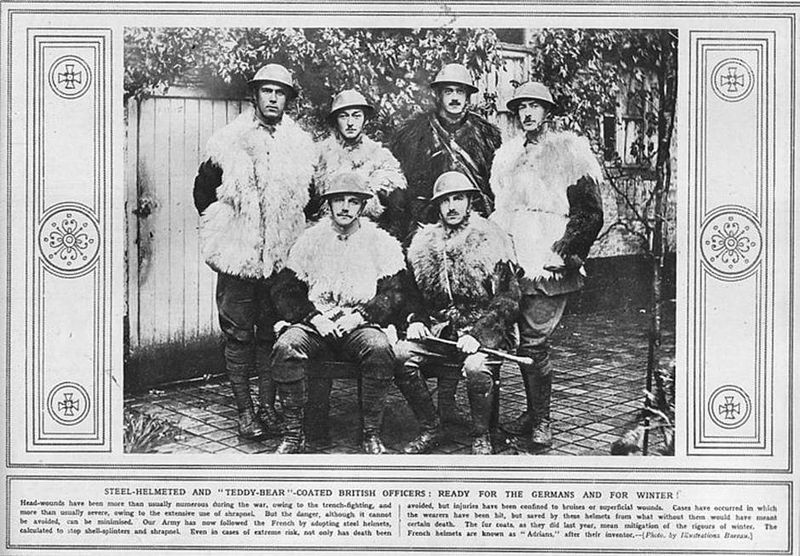householder
Lord of the Fleas
- Joined
- Mar 24, 2008
- Messages
- 320
No one can be really sure what happened to Private John Parr. He was part of a screen of bicycle scouts who were sent ahead of the British Army as it moved cautiously into southern Belgium on 21 August 1914.
What a lark it must have been for the young men in khaki as they bumped over the cobbles of the dreary mining villages north of Mons. What a shock they must have had when they ran into the grey ranks of General Alexander von Kluck's German First Army. The British top brass knew that the Germans were approaching but had no idea that they had moved so far and so fast.
And what a shock it must have been to the Germans that evening when they collided with John Parr and his mates. Despite the existence of military aeroplanes and the telegraph, and even the telephone, the German top brass had no idea that the British Army was already in northern France, let alone Belgium.
http://www.independent.co.uk/news/w...ments-the-first-british-fatality-9241147.html
He got off from his bicycle to provide cover for the other men in his unit, who pedaled off to spread the warning that the Germans were coming. He was 17 years old, having lied about his age to join the army the year before.
What a lark it must have been for the young men in khaki as they bumped over the cobbles of the dreary mining villages north of Mons. What a shock they must have had when they ran into the grey ranks of General Alexander von Kluck's German First Army. The British top brass knew that the Germans were approaching but had no idea that they had moved so far and so fast.
And what a shock it must have been to the Germans that evening when they collided with John Parr and his mates. Despite the existence of military aeroplanes and the telegraph, and even the telephone, the German top brass had no idea that the British Army was already in northern France, let alone Belgium.
http://www.independent.co.uk/news/w...ments-the-first-british-fatality-9241147.html
He got off from his bicycle to provide cover for the other men in his unit, who pedaled off to spread the warning that the Germans were coming. He was 17 years old, having lied about his age to join the army the year before.



